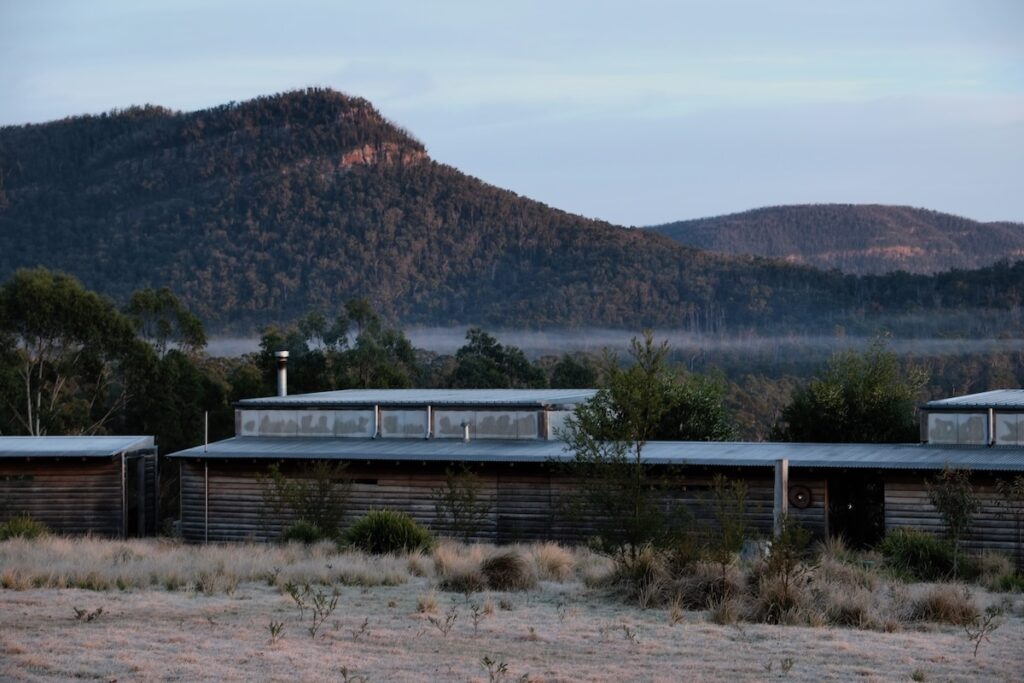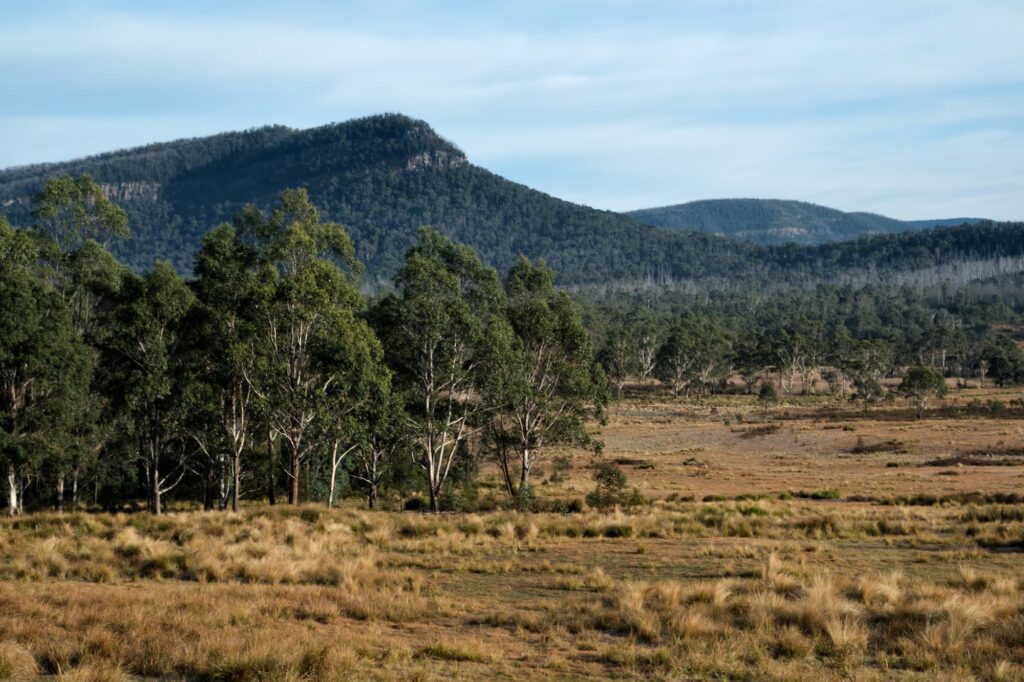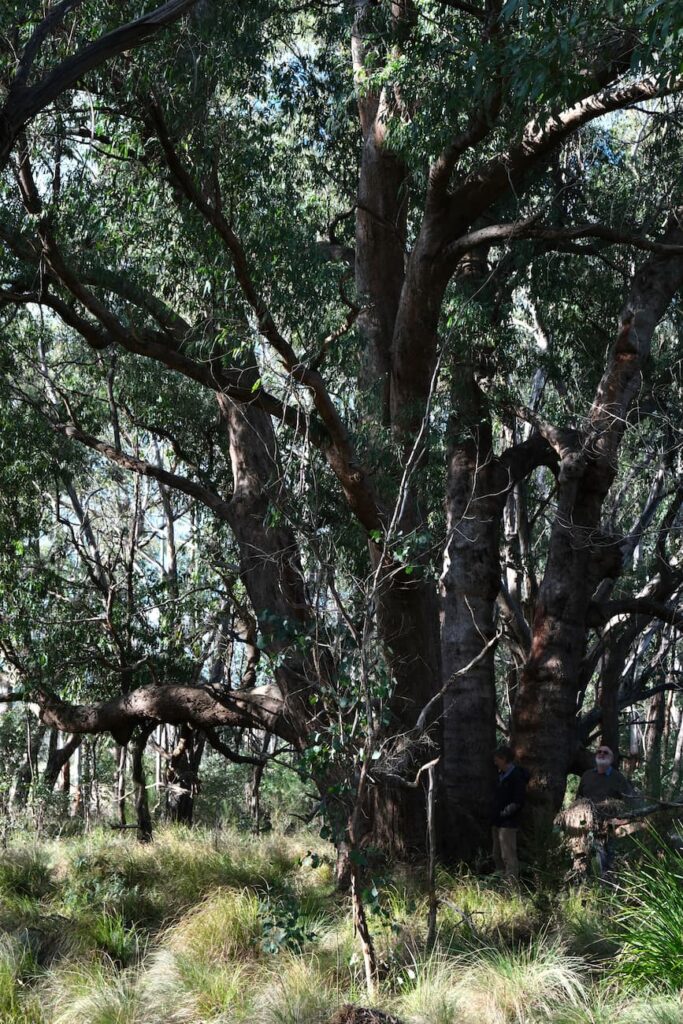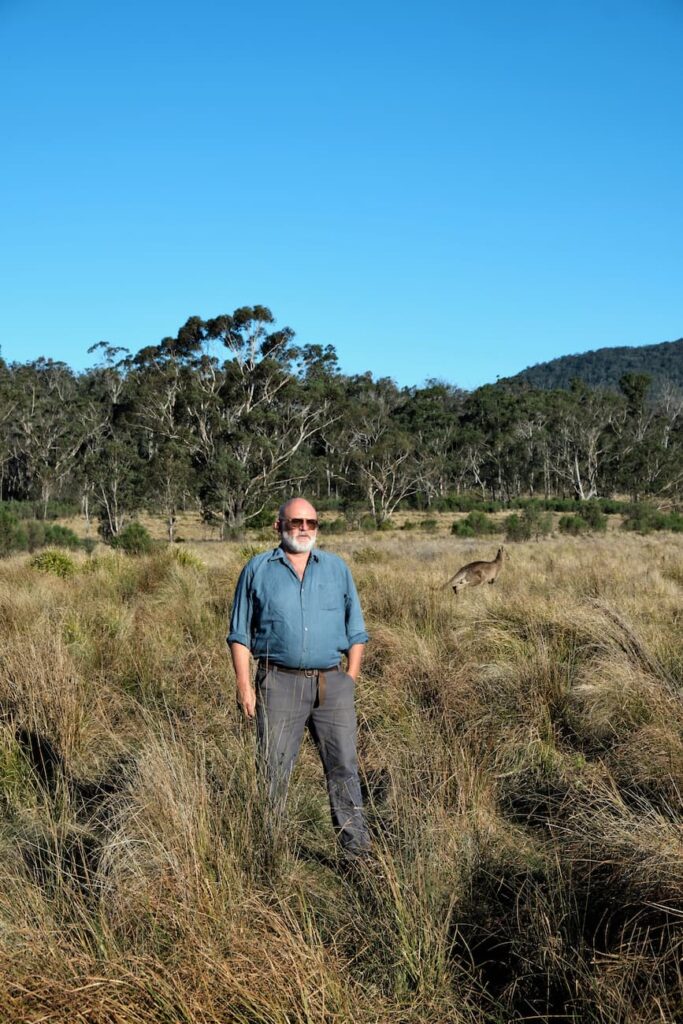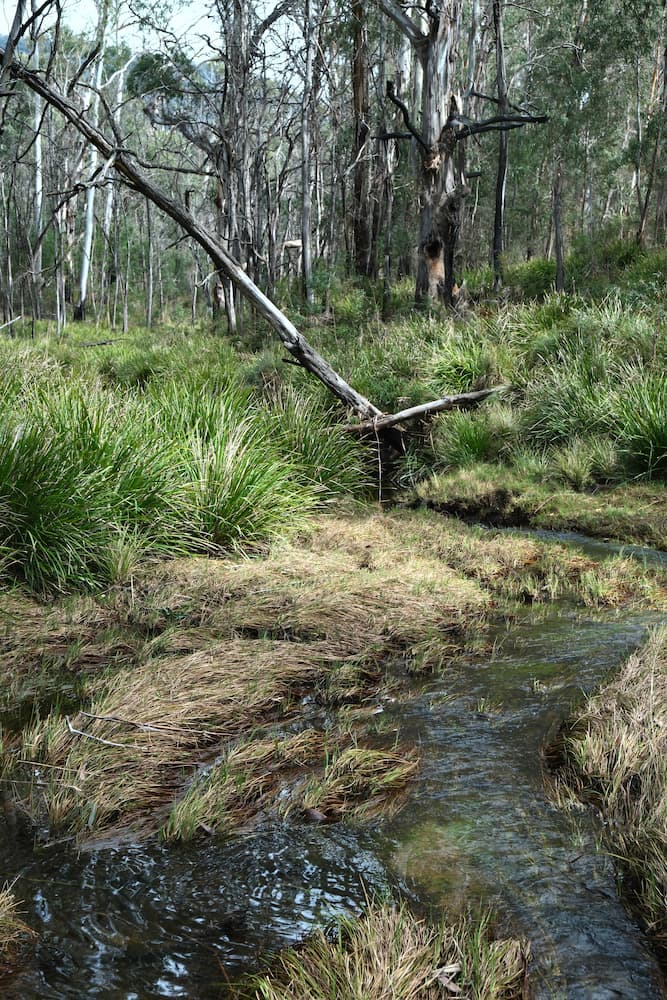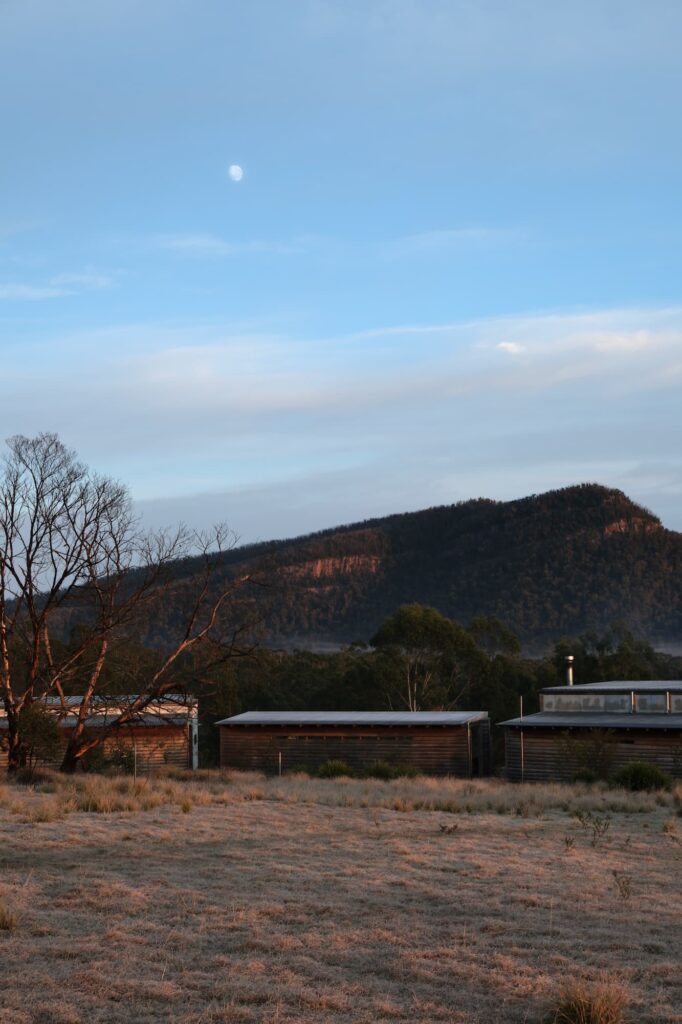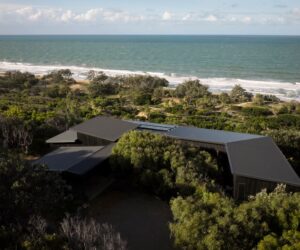Sharing and Caring
On a long-held pastoral property, the generational work has begun to restore a deeper health to Country.
Upon arrival at Yambulla, it is the scale that is striking. Its immensity resonates deeply during a visit to this remote 1500-hectare former grazing property west of Eden on the southern New South Wales coast. And an indelible mark is left.
Heading upstream along the Cann River valley, and then veering deeper into the bush on long winding forestry tracks, we are warmly greeted upon arrival by the affable Jim Osborne. And it is this trusting nature that has brought Jim to his next major challenge. Having set Yambulla up to host groups of up to eight to experience the environs of this extraordinary location, he is now embarking on a grand vision to regenerate this former cattle station that has been in his family for generations.
The devastating Black Summer bushfires which wiped out the leased eucalypt plantation on the property were a catalyst for Jim to reevaluate how the land should be managed. “Everything I know is different from this day on,” he says. The challenge is similar to many large pastoral holdings. How to regenerate the land, encourage the return of biodiversity and, importantly, involve the traditional local custodians. Jim has evolved. “My Dad always said ‘Don’t let anyone in the gate because they will tell you what to do’. I worked out, if you let the right people in the gate, they will help show you what to do,” he says.
There is a striking beauty in the topography of this land way upstream of the Genoa River. Jim has built eco-tourism lodges with vistas across the wet tussock grasslands and out to the ridges and distant peaks. Rising early on a winter’s morning we are greeted by the sun capturing the subtle ochres of the sandstone escarpments to the north and pink hues of kangaroo grasses in the foreground. Below us mists hang over the hydrated meadows. It was a very different landscape which confronted Jim in late January 2020, everything burnt. A few weeks later, on a whim, he contacted Bruce Pascoe of Black Duck Foods who lives down the valley from Yambulla. With Jim explaining his vision to regenerate the property, Bruce was inspired to visit Yambulla. And so developed a friendship between the two characters from strikingly different backgrounds.
Out of the devastating bushfires, an opportunity has emerged. Jim has created a manifesto to share with consultants in the fields of ecology, biodiversity and forestry. The vision is to sustainably regenerate the land environmentally, socially and economically. Jim openly admits to a previous lack of understanding of Indigenous culture and the aim is to bring knowledge of Country into the project. With an introduction from Bruce, a relationship evolved with the Gurandgi law group of the Yuin people. During discussions of cultural involvement and visits to the property, the trust grew. With an increased knowledge of the cultural importance of this country, Jim gifted 60 hectares of Yambulla land to the Back to Country cultural organisation, established by Yuin elders. But, as Jim is at pains to point out, “Gurandgi are not going to suddenly appear at the table. We are going to work out how to hear them.” In a follow-up chat with Bruce after our visit to Yambulla he points out “The Gurandgi benefited from Jim’s generosity which gives us a base to work from, and it’s our plan to teach our young people to look after Country.”
After the catastrophic fires, an extremely wet period occurred. The result was fecund stands of kangaroo grass and Bruce and his team at Black Duck Foods were able to harvest a container load of grain. This is one of the many areas that requires further research into what drove the unusual grain bounty. Was it the fires? The follow-up rains? “You have to burn every couple of years in order to suppress exotic weeds and to reinvigorate these perennial plants,” Bruce says.
Jim and his collaborators are currently running a crowdfunding campaign to raise funds to contract scientific research and assessment. The aim is to define a path forward and to lead by example. “[We need to] make sure we allow big trees to become established to re-establish the food forest that was there before. We are not purists. We are not going back to what was there in 1788,” Bruce points out.
It is a bold vision of Jim’s and there could well be setbacks among the positive gains. However the aim is to not only benefit the Yambulla land but to create a model that can be scaled across multiple properties. As Jim notes over a cuppa under an old peppermint gum near a favourite swimming hole, “It is not whether I have made the achievements, it is that I have tried.” The scale of the task at hand matches the surrounds, and it is easy to admire.
